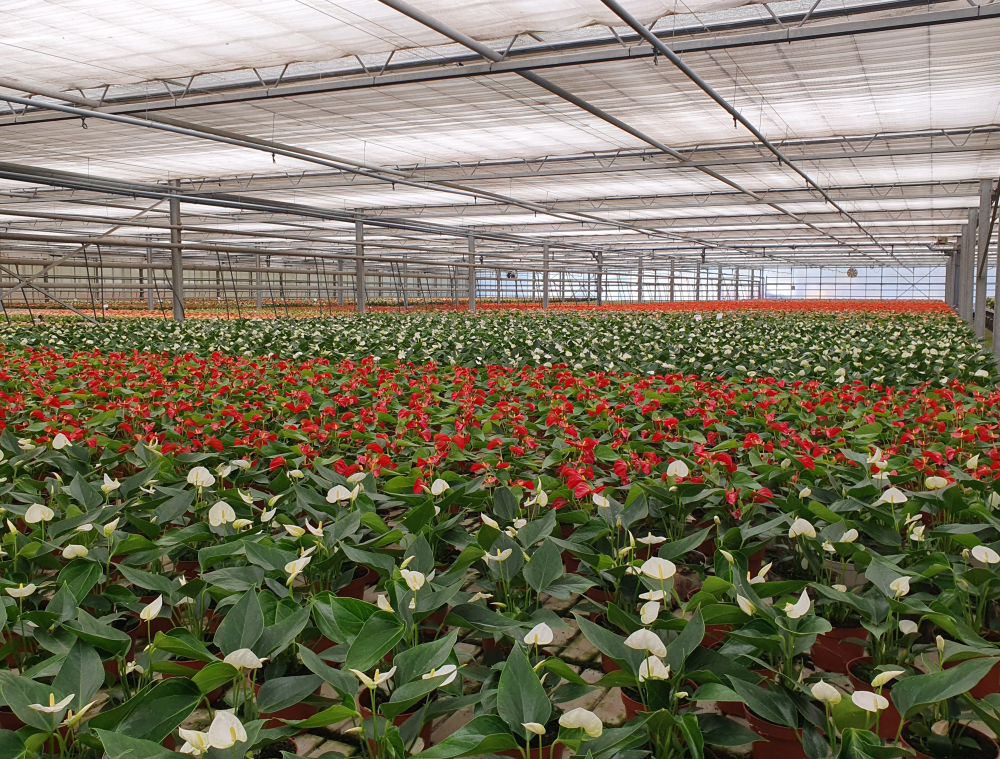| Duration: | 05/2023 - 12/2023 |
| Contracting Authority/ Sponsors: | Federal Ministry of Economic Affairs and Climate Action (BMWK) |
| Project Partners: | Landwirtschaftskammer Nordrhein-Westfalen |
| Project Focus: |
NaWaeGe – Sustainable and Future-Proof Heat Supply for Greenhouses with Heat Pumps
Heating greenhouses requires large amounts of energy and has so far relied heavily on fossil fuels. Estimates put the annual emissions caused by the heat and electricity requirements of commercial greenhouses in Germany at around 3 million tons of CO2eq. At the same time, fluctuating prices for fossil fuels pose an enormous challenge for the operation of greenhouses - especially in light of the recent energy crisis.
In the "NaWaeGe" micro-project, the potential of heat pump-based heating systems to defossilize the commercial horticulture sector is evaluated based on exemplary applications.
This project has focused on horticultural businesses in Straelen (North Rhine-Westphalia), where a third of all German potted plants are produced. The particularly mild climate in the Lower Rhine Valley favors the greenhouse cultivation of flowers and plants. Greenhouses are usually heated using water pipes without active air circulation. The water is heated to flow temperatures of between 60°C and 80°C, usually via fossil-fired boilers.
Using simulation software and heat demand profiles of real horticultural businesses, purely fossil-based supply systems were evaluated against hybrid systems consisting of an electric heat pump and a peak load gas boiler. For a reference business operating a greenhouse area of 25,000 m² and with an annual heat consumption of approx. 5 GWh, it was shown that a heat pump system designed for ~20% of the maximum load can cover over two thirds of the total heat demand.
The analysis of life cycle costs shows that, despite the higher initial investment for heat pump solutions, these can be significantly lower than those of purely fossil fuel systems. Furthermore, by installing a heat pump that covers 70% of the heat demand, greenhouse gas emissions can be reduced by at least 50% compared to the fossil reference system.
